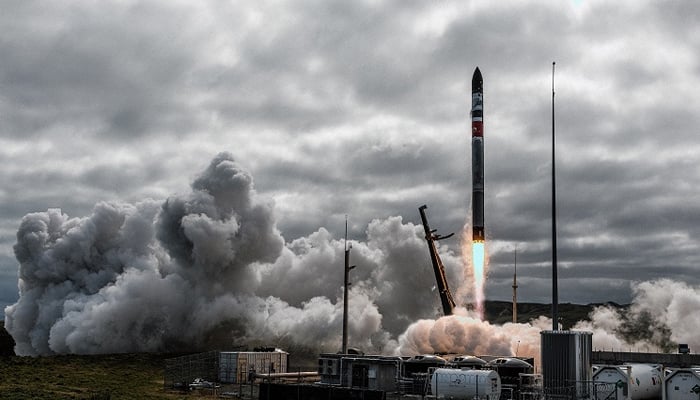
NASA has launched a satellite to study the heat escaping from Earth, especially in the Arctic and Antarctica. This news comes from CNN.
The satellite was sent into space using a Rocket Lab Electron rocket from Mahia, New Zealand. It was deployed at 4:35 AM ET.
NASA says this information will help improve climate models and make better predictions about sea levels, weather, snow, and ice.
The mission is called Polar Radiant Energy in the Far-InfraRed Experiment (PREFIRE). It aims to understand Earth’s atmosphere and how it traps heat.
NASA explains that the Sun’s energy is absorbed in the tropics and then moved towards the poles by weather and ocean currents. This heat radiates into space, but some of it has never been measured before.
The mission includes two small satellites called CubeSats with special heat sensors. The second satellite launch will happen after the first one.
Once launched, both satellites will orbit near the poles, passing over the same spots at different times. This way, NASA can gather information about short-term changes, like how clouds affect Earth’s temperature.


